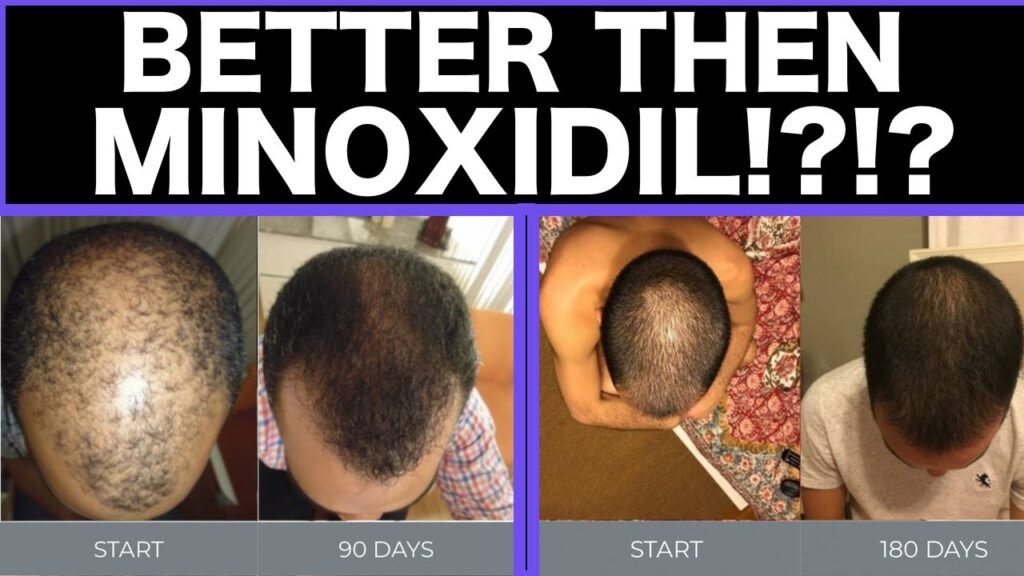Side-by-side review of Minoxidil vs redensyl
When it comes to combating hair loss, both Minoxidil and Redensyl are popular choices among consumers seeking effective solutions. Minoxidil, a well-established treatment, is often recognized for its ability to stimulate hair growth by increasing blood flow to hair follicles. In contrast, Redensyl is a relatively newer, plant-based compound that aims to target the initial causes of hair loss at the cellular level, promoting hair growth by activating stem cells in hair follicles.
Mechanism of Action
Minoxidil works primarily by widening blood vessels, which improves the delivery of oxygen and nutrients to hair follicles, thereby stimulating hair growth. It is typically available in topical formulations such as foams and solutions. On the other hand, Redensyl is known for its unique blend of natural ingredients, including DHQG and EGCG2, which target the hair follicle stem cells. By promoting cell proliferation and reducing inflammation, Redensyl encourages the growth of new hair strands.
Effectiveness and User Experience
In terms of effectiveness, Minoxidil has been widely studied and is FDA-approved for treating androgenetic alopecia, making it a trusted option for many. Users often report visible results within 3 to 6 months of consistent use. However, some may experience side effects like scalp irritation or unwanted facial hair growth. Redensyl, while not FDA-approved, has gained attention for its natural formulation and fewer side effects. Preliminary studies suggest that Redensyl can show promising results in hair density and thickness within 3 months, appealing to those seeking a gentler alternative.
Ultimately, the choice between Minoxidil and Redensyl may depend on individual preferences and hair loss patterns. Both have unique benefits and potential drawbacks, making it essential to consider personal needs and consult with a healthcare professional before starting any treatment.


